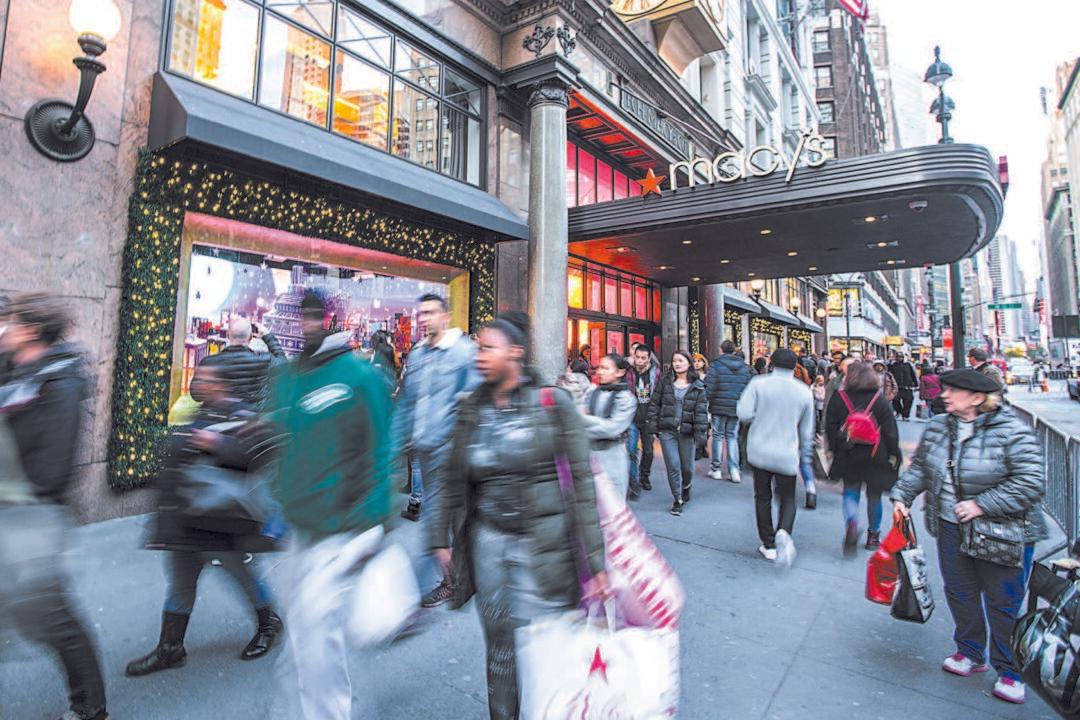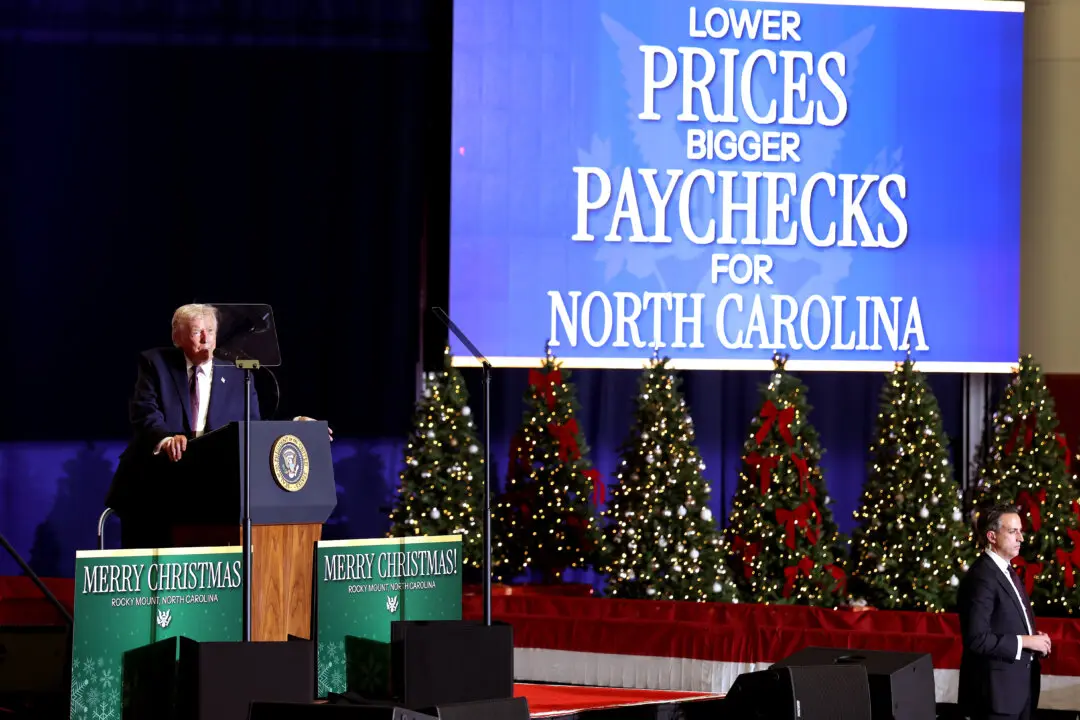WASHINGTON—Consumers are in the mood to spend, thanks to record low unemployment, strong consumer confidence, and a rising stock market. With the recent surge in consumer spending along with tax reform gains, retailers are hopeful for a stellar year ahead.
Americans spent more than expected during the last holiday season. According to the National Retail Federation (NRF), sales during November and December surged 5.5 percent year-over-year, marking the largest increase since 2010.





